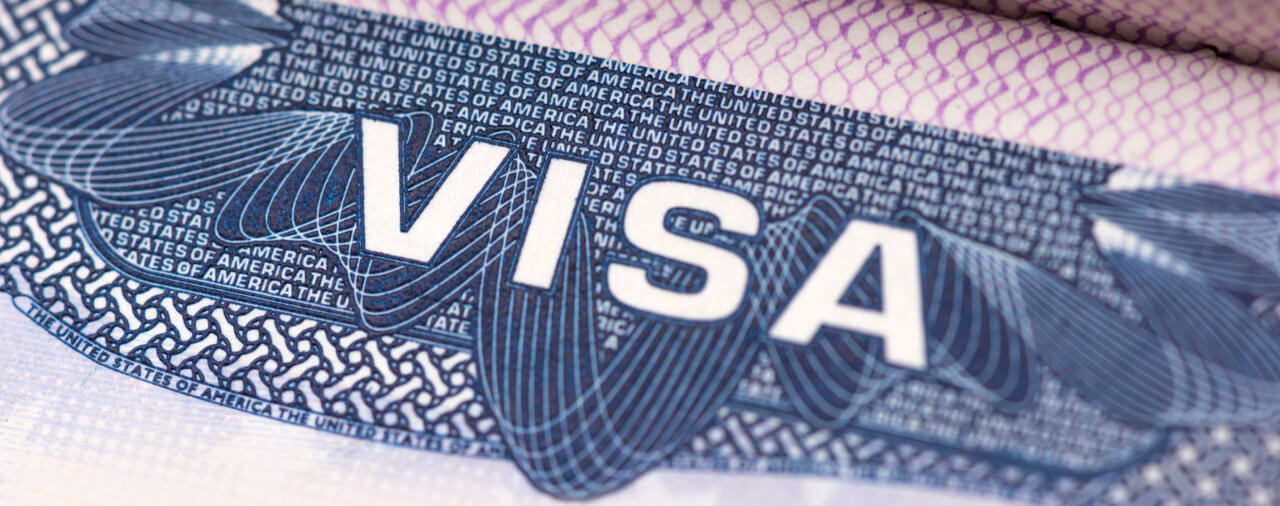USCIS Updates Policy Manual to Address DOS 90-Day Rule for Presumption of Misrepresentation

Introduction
On March 28, 2018, the United States Citizenship and Immigration Services (USCIS) made a technical update to its Policy Manual (PM) to reflect the U.S. Department of State's (DOS's) decision to replace its former “30/60-day rule” with a new “90-day rule.”1 The update is found at 8 USCIS-PM J.3-Adjudicating Inadmissibility [PDF version]. In this article, we will briefly examine the updated section relating to the new 90-day rule. To learn about the 90-day rule in detail, including links to related articles, please see our comprehensive article on the subject [see article].
Under the 90-day rule, the DOS will apply a presumption of misrepresentation to any conduct that (1) is inconsistent with representations that an individual made to procure a visa; and (2) occurs within 90 days of entry into the United States. It is worth noting that the 90-day rule applies only to adjudications that occur after September 1, 2017.
Amended Provisions
The amended provision of USCIS-PM J.3 is found at subsection (A)(3). It reads as follows:

The USCIS's discussion of the 90-day rule is nearly identical to its posture on the prior 30/60- day rule. Here, the USCIS makes clear that the 90-day rule is not a “rule” in the sense of “a binding principle or decision.” Instead, the 90-day rule is a tool designed to assist consular officers in determining whether an individual who acts inconsistently with representations that he or she made to consular officers in obtaining a visa misrepresented his or her intentions at the time of the visa application or to an immigration officer at a port of entry. Accordingly, the PM makes clear that the 90-day rule, like the former 30/60-day rule, is not binding on USCIS. The USCIS may make its own individual determinations of whether an individual materially misrepresented his or her intentions at the time of entry to procure a visa or admission into the United States based on its own rules and regulations. The USCIS is in no way limited by the 90-day rule.
Further Discussion
Because the 90-day rule is relatively new, there is limited guidance on how the USCIS refers to it in practice. However, given the similarities between the 90-day rule and the former 30/60- day rule, it is likely that the USCIS will refer to the 90-day rule for guidance in a similar manner that it referred to the 30/60- day rule. To learn about how the USCIS relied on the 30/60-day rule as a tool for considering whether an individual misrepresented his or her intentions in applying for a visa or gaining admission into the United States, please see our article covering a range of unpublished decisions of the USCIS's Administrative Appeals Office (AAO) on this very subject [see article].
Conclusion
The 90-day rule is an adjudicative tool of the DOS. As such, it is not binding on USCIS officers. However, the USCIS may take the 90-day rule under advisement, and it will likely do so in a similar manner to how it sometimes referenced the former 30/60- day rule. In general, an individual should ensure that he or she comports him or herself in a manner consistent both with his or her nonimmigrant status and with representations that he or she made to obtain a visa or such status. An individual with questions about whether certain conduct is permissible under his or her nonimmigrant status or otherwise appropriate should consult with an experienced immigration attorney for case-specific guidance. The 90-day rule applies most often to nonimmigrant visitor cases. To learn more about permissible activities for nonimmigrant visitors, please see our articles on B1 [see article] and B2 [see article] visitor status.
Please remember to read our full article on the 90-day rule for a comprehensive overview [see article].
____________________